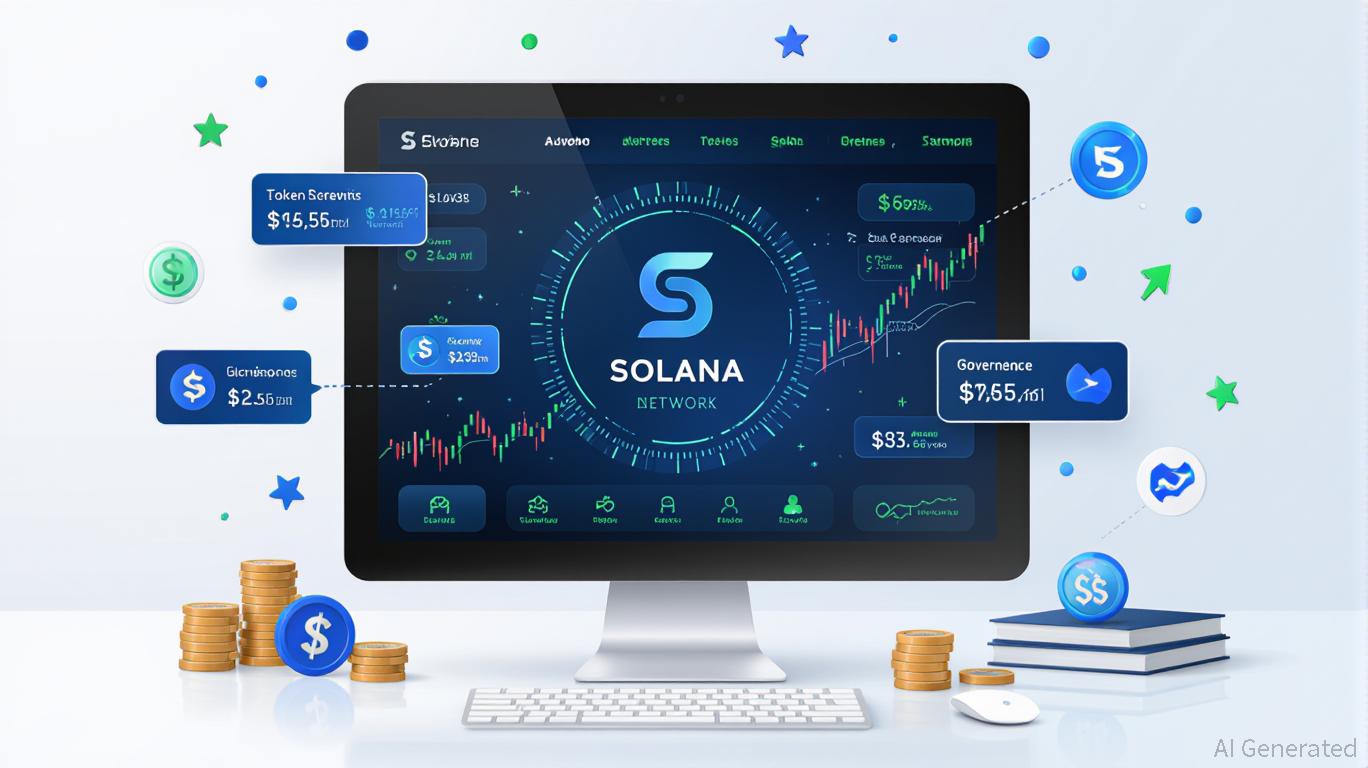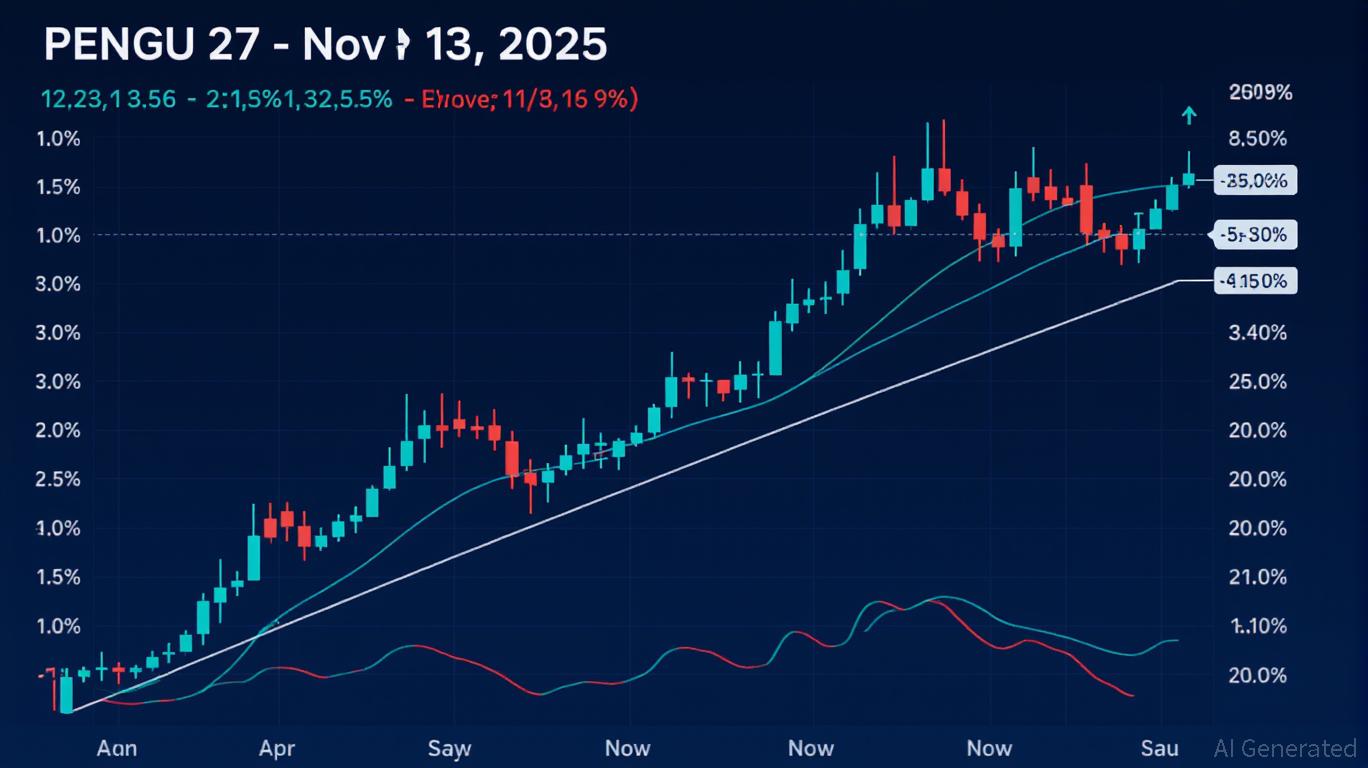Bitcoin compound inflation of 7% since 2020 canceled out by 900% gains while USD declines 20%
Bitcoin offset its meagre inflation with massive increase while US DXY increased by just 12% with compound inflation hitting 20%.
While Bitcoin is often considered a hedge against inflation, it does have a positive inflation rate of 0.83%. Bitcoin’s inflation is extremely low compared to the dollar’s peak of 9.1% in 2022. However, when we compare the cumulative inflation rate for both Bitcoin and the US dollar, we see the true strength of Bitcoin’s role in preserving wealth.
From 2020 to 2025, Bitcoin rose roughly 960%, whereas the US Dollar Index (DXY), which measures the US dollar against a basket of other currencies, rose just 12% in nominal terms.
Bitcoin’s inflation-adjusted price and the DXY, normalized for inflation , provide critical insights into the real value dynamics of both assets. While the nominal DXY reflects relative currency strength, its inflation-adjusted value highlights the ongoing erosion of purchasing power.
The nominal DXY currently stands at 109.8, reflecting global demand for the dollar amid macroeconomic uncertainty. However, when adjusted for cumulative US inflation since 2020—averaging over 2% annually and peaking above 8% in 2022—the real value of the DXY drops to 87.5. This represents a 22.3-point difference, or roughly 20.3% of the nominal value, illustrating the dollar’s substantial loss of purchasing power over time despite its relative strength against other currencies.
 DXY adjusted for inflation (Source: TradingView)
DXY adjusted for inflation (Source: TradingView)
Bitcoin’s nominal price, meanwhile, is around $91,000. Adjusted for its low supply inflation—1.74% annually from 2020–2024 and 0.83% in 2025—its inflation-adjusted price stands at approximately $84,365. The $6,635 difference represents only 7.3% of its nominal value, stressing Bitcoin’s relative stability and ability to preserve purchasing power over time compared to fiat currencies. This smaller adjustment highlights Bitcoin’s programmed scarcity and low inflation as key factors in its resilience.

The divergence between the inflation-adjusted metrics for the DXY and Bitcoin emphasizes a broader narrative. While fiat currencies like the dollar face significant devaluation due to inflation, Bitcoin’s controlled supply forces position it as a hedge against currency debasement. The more pronounced inflationary impact on the DXY emphasizes the challenge of maintaining purchasing power in a fiat system, particularly during periods of high inflation.
The difference between nominal and inflation-adjusted metrics is vital for evaluating the long-term value of assets. The DXY’s nominal strength masks the fundamental erosion of the dollar’s purchasing power, while Bitcoin’s inflation-adjusted price reflects its ability to maintain value over time. These insights reinforce the importance of inflation-adjusted analyses in developing effective strategies for navigating the macroeconomic landscape.
Further, the inflation of comparison currencies used to establish the DXY should also be considered to identify the precise divergence. However, the above figures give a ballpark assessment of Bitcoin’s elevated strength against the dollar beyond nominal terms.
Simply put, if you invested $100 in Bitcoin in 2020 and $100 in DXY today, your BTC would have a buying power of $927, while your DXY would be equivalent to $91 in real terms.
Disclaimer: The content of this article solely reflects the author's opinion and does not represent the platform in any capacity. This article is not intended to serve as a reference for making investment decisions.
You may also like
TWT’s 2025 Tokenomics Revamp: Redefining Utility and Investor Rewards on Solana
- Trader Joe's (TWT) 2025 tokenomics prioritizes utility over speculation, offering gas discounts, DeFi collateral, and governance rights. - A deflationary model with 88.9B tokens burned creates scarcity, while loyalty rewards redistribute existing tokens to avoid dilution. - Community governance allows holders to vote on platform upgrades, aligning token value with ecosystem growth and user participation. - This Solana-based approach redefines DeFi incentives by linking price appreciation to real-world ut

HYPE Token: Evaluating Immediate Price Fluctuations and Speculative Dangers in the Meme-Based Cryptocurrency Sector
- HYPE token, a meme-driven crypto, relies on social media hype and influencer endorsements rather than traditional financial metrics. - The $TRUMP meme coin example highlights extreme volatility, with large profits for top wallets and massive losses for retail investors. - Institutional products like CMC20 exclude meme coins, signaling limited recognition of their market utility despite growing crypto infrastructure. - Regulatory scrutiny intensifies as SEC targets influencer promotions, while foreign inv

PENGU Token Value Soars: An In-Depth Technical and On-Chain Examination of Market Trends
- PENGU token's 12.8% 24-hour surge driven by Bitcoin's 4.3% rally and altcoin rebound. - Technical indicators show short-term bullish momentum conflicting with long-term bearish trends. - Whale activity and $8.91M in exchange inflows contrast with 2B token outflows and leveraged shorts. - NFT sales decline and DeFi innovations like CMC20 index token add downward pressure. - Analysts urge caution due to structural weaknesses despite short-term trading opportunities.

Banks Transform Finance: Cryptocurrency Adoption Sparks Fundamental Shifts
- LevelField Financial secures state approval to acquire Burling Bank, aiming to integrate crypto services into traditional banking with $70M deal. - Post-2023 crypto bank collapses, regulators adopt cautious openness, enabling LevelField's renewed acquisition bid amid Trump's "crypto capital" agenda. - SGX Derivatives launches Bitcoin/Ethereum futures targeting institutions, aligning with $187B daily crypto derivatives volume in Asia. - Grab and GoTo struggle to consolidate Southeast Asian fintech despite

